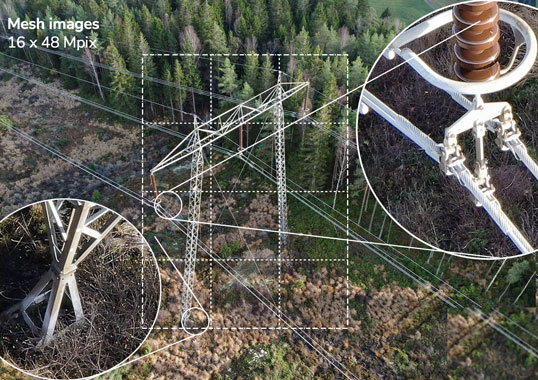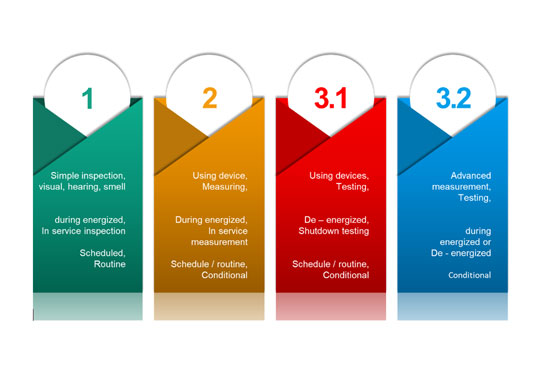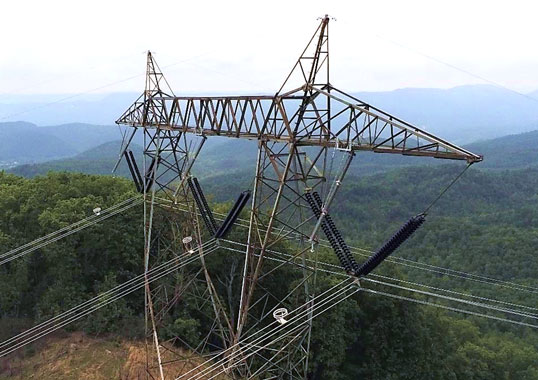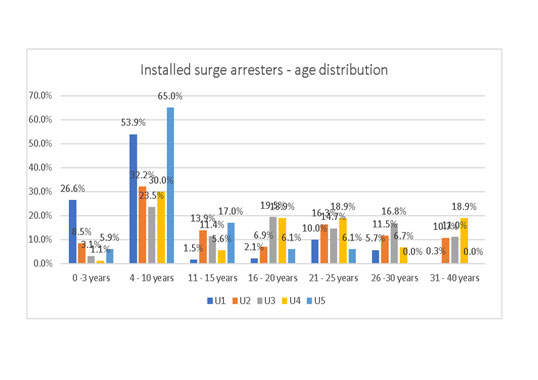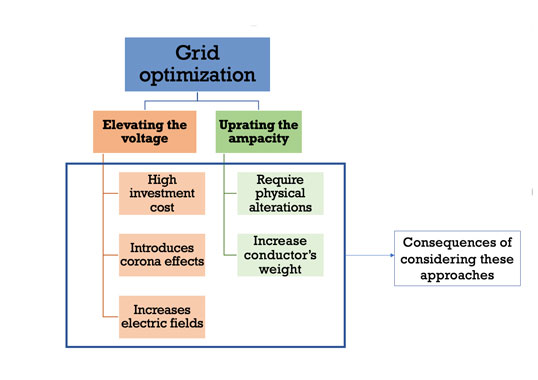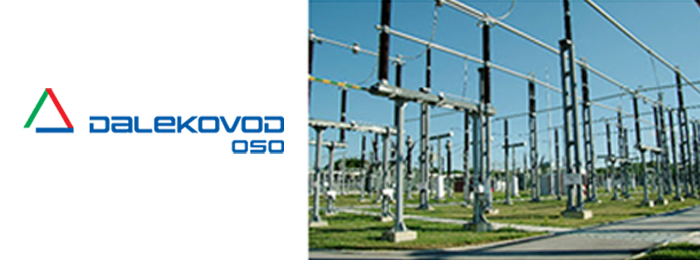Corona discharges in the high electric field region of an insulator are linked to an ionization process involving continual transfer of electrons being knocked from orbit and recaptured. Energy released in the form of photons is the glow commonly observed on some power infrastructure during low light conditions and can also be detected during daytime using a solar blind UV camera. In order for corona activity to exist, high electric field is needed, combined with how the shape of an energized component influences that field. Sharp edges, corners, points, tight radius and other irregularities within an area of high E-field all have the potential to initiate corona. This presentation reviews the background and findings from inspections carried out on behalf of Florida-based utilities that share operation of a critical 138 kV transmission line. The utilities had contracted these inspections to identify incidence of corona in response to recent insulator failures and as part of a program of annual visual and infrared inspections to search for possible threats to reliability. The inspection identified vulnerabilities and allowed corrective action to be taken in regard to both critical and non-critical threats.
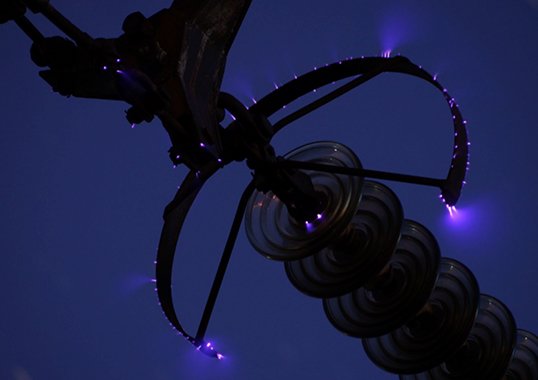
Application of Infrared & UV Cameras & Drones to Inspect Transmission Lines by James Brady

